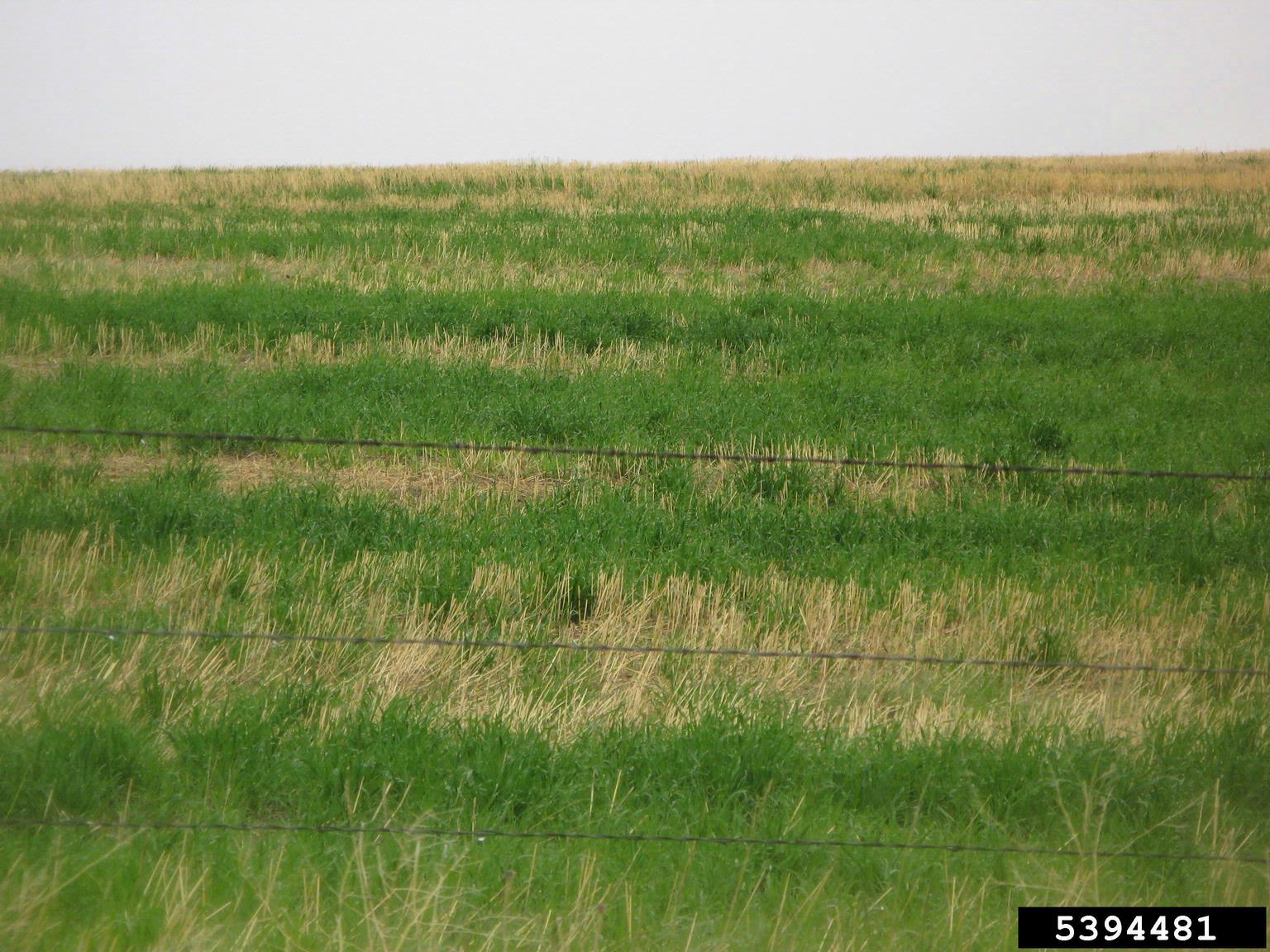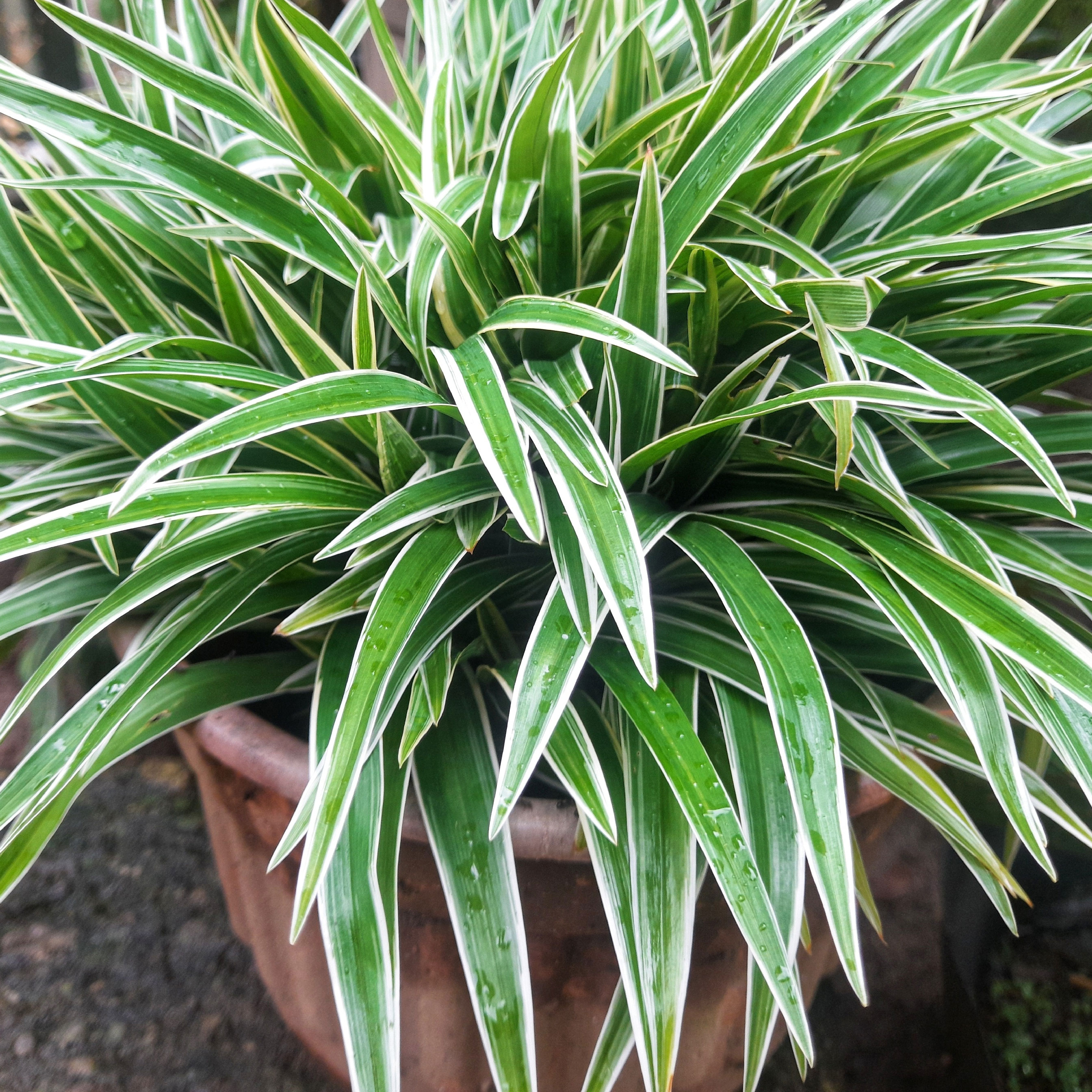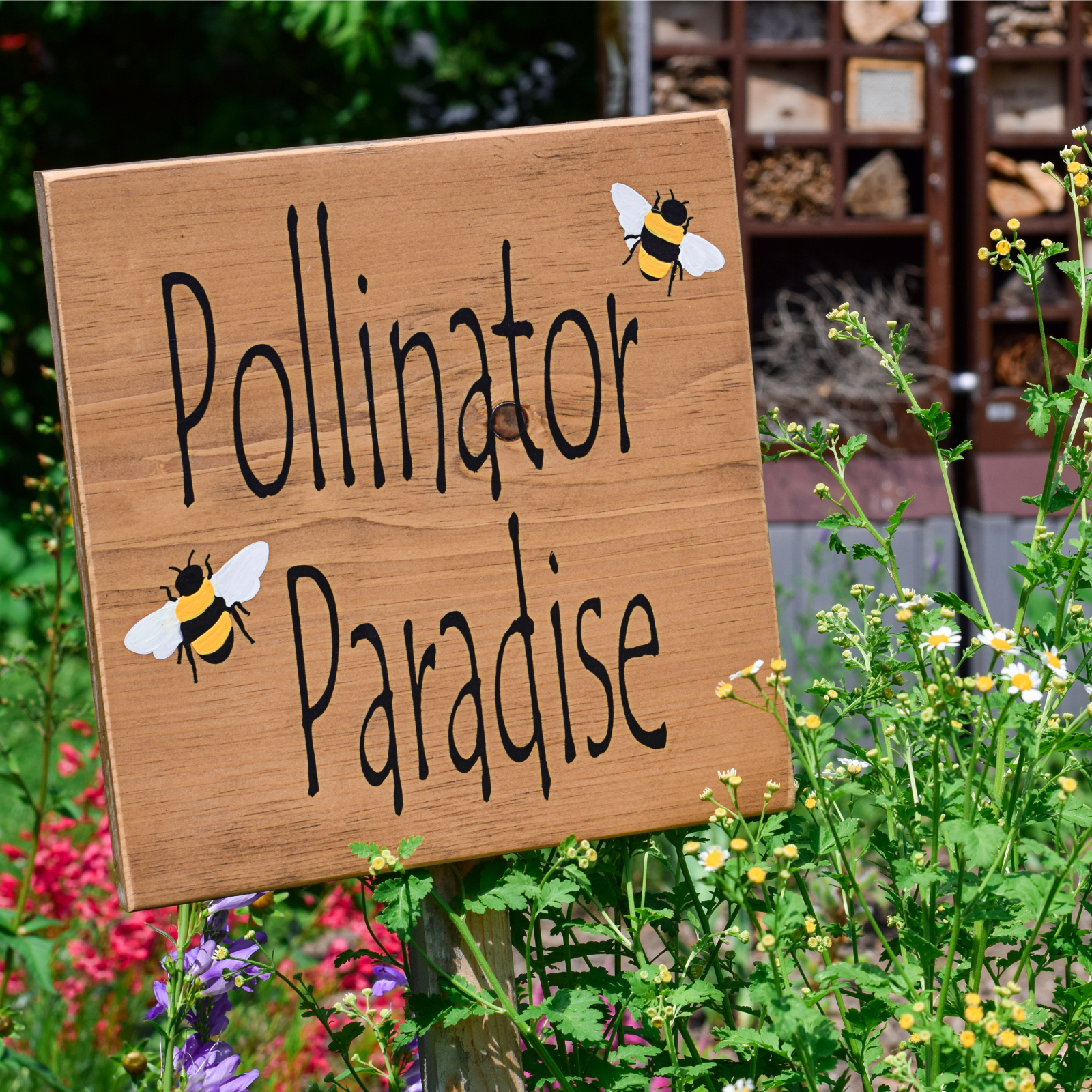Treating Barley With Rhizoctonia – How To Stop Rhizoctonia Root Rot In Barley


If you grow barley, you may need to learn something about rhizoctonia root rot of barley.
Rhizoctonia root rot causes crop damage by harming barley roots, resulting in water and nutrient stress. It is a type of fungal disease that attacks cereals. For information about treating barley with rhizoctonia, including tips on how to stop rhizoctonia root rot, read on.
What is Barley Rhizoctonia Root Rot?
Rhizoctonia root rot of barley is also called barley rhizoctonia bare patch. That’s because the soil-borne fungus that causes it kills barley, leaving dead patches in barley fields. The patches vary in size from less than a foot or two (half a meter) to several yards (meters) in diameter.
Barley rhizoctonia bare patch is caused by the soil fungus Rhizoctonia solani. The fungus forms as a ‘web’ of filaments in the very top layer of the soil and grows up from there.
Symptoms of Barley with Rhizoctonia
The symptoms of barley with rhizoctonia are relatively easy to spot. You can diagnose the root damage caused by rhizoctonia root rot of barley by looking at the roots to see if they are spear-tipped. This is characteristic of barley with rhizoctonia.
Rhizoctonia root rot of barley eventually kills the plants. That’s why a more immediately visible symptom will be bare patches appearing in your barley field. But diagnosing it doesn’t necessarily lead to effective treatment. Barley rhizoctonia bare patch is generally fairly difficult to treat.
How to Stop Rhizoctonia Root Rot
Rhizoctonia root rot is difficult to control or stop once it has attacked a barley crop. The fungus causing the disease has many possible hosts, so rotating crops doesn’t work very well.
Gardening tips, videos, info and more delivered right to your inbox!
Sign up for the Gardening Know How newsletter today and receive a free copy of our e-book "How to Grow Delicious Tomatoes".
To date, no cultivars have been developed that are resistant to rhizoctonia root rot of barley. Maybe this will happen in the future. Also, the fungus is unique in that it can survive and grow even without a living host plant, as long as there are organic materials in the soil.
Experts recommend using management practices that minimize the risk of barley rhizoctonia bare patch. These practices include cultivating the soil well a few weeks before planting. This can break up the fungal networks.
Other useful practices include anything that increases early root growth. Rhizoctonia only attacks very young roots, so helping them to grow can reduce disease. Seed treatment and fertilizers can help. Weed management is also important.

Teo Spengler is a master gardener and a docent at the San Francisco Botanical Garden, where she hosts public tours. She has studied horticulture and written about nature, trees, plants, and gardening for more than two decades. Her extended family includes some 30 houseplants and hundreds of outdoor plants, including 250 trees, which are her main passion. Spengler currently splits her life between San Francisco and the French Basque Country, though she was raised in Alaska, giving her experience of gardening in a range of climates.
-
 Want To Know How To Make A Spider Plant Bushier? 4 Secrets For Lush & Bushy Spiders
Want To Know How To Make A Spider Plant Bushier? 4 Secrets For Lush & Bushy SpidersAre you looking for ways to make your spider plant look bigger or more dramatic? Follow these quick and easy tips on how to make a spider plant bushier
By Teo Spengler
-
 What Is A Pollinator Garden? Grow Gorgeous Blooms While Benefiting Your Local Ecosystem
What Is A Pollinator Garden? Grow Gorgeous Blooms While Benefiting Your Local EcosystemPollinator gardens look great and also provide a diverse ecosystem that benefits your local pollinating insects and animals. Get started today with this guide!
By Bonnie L. Grant